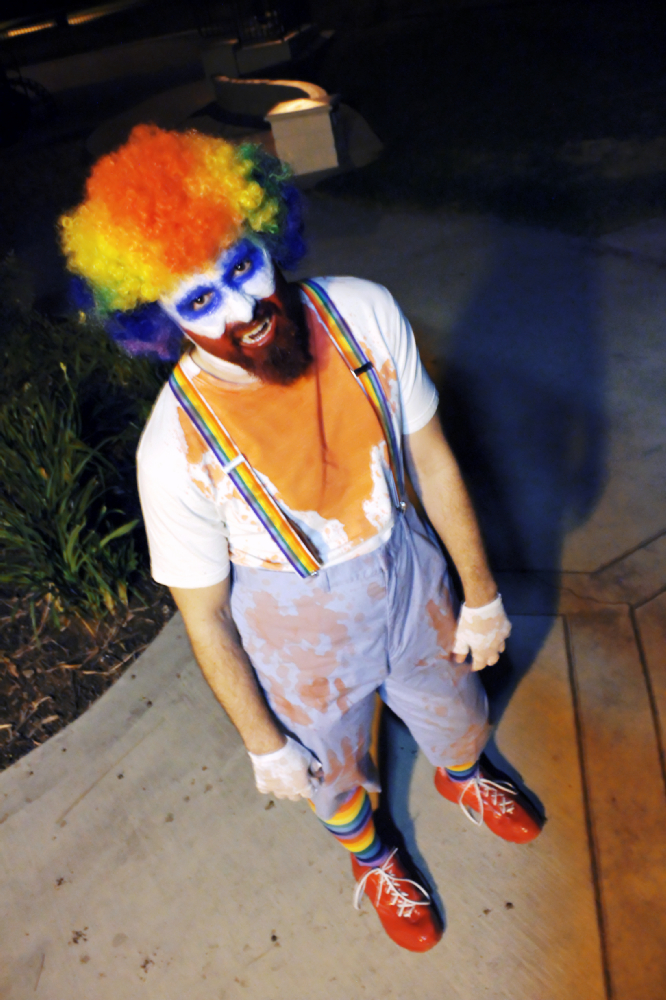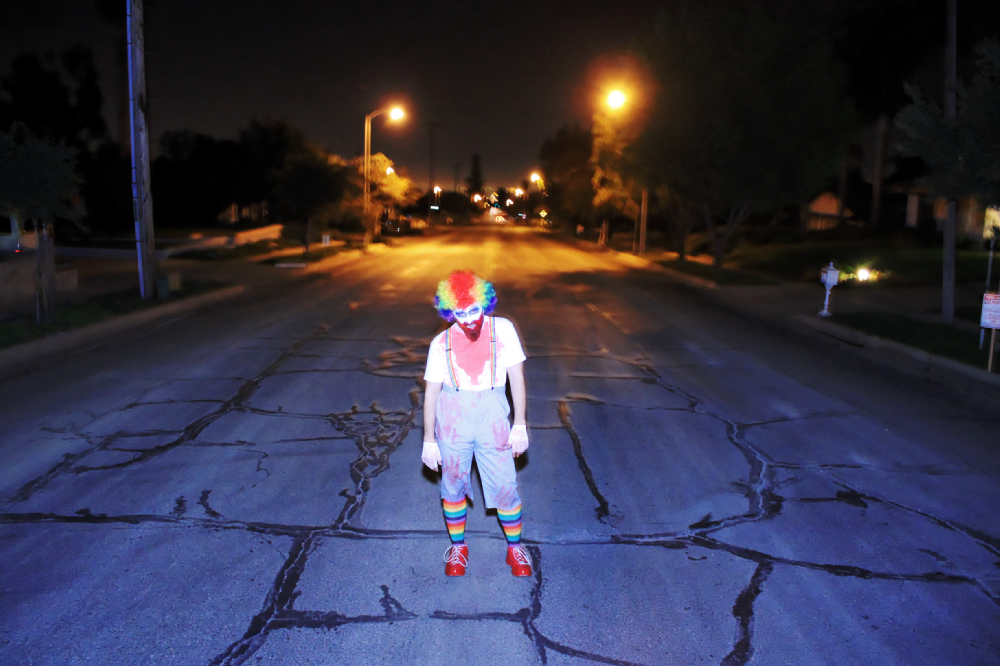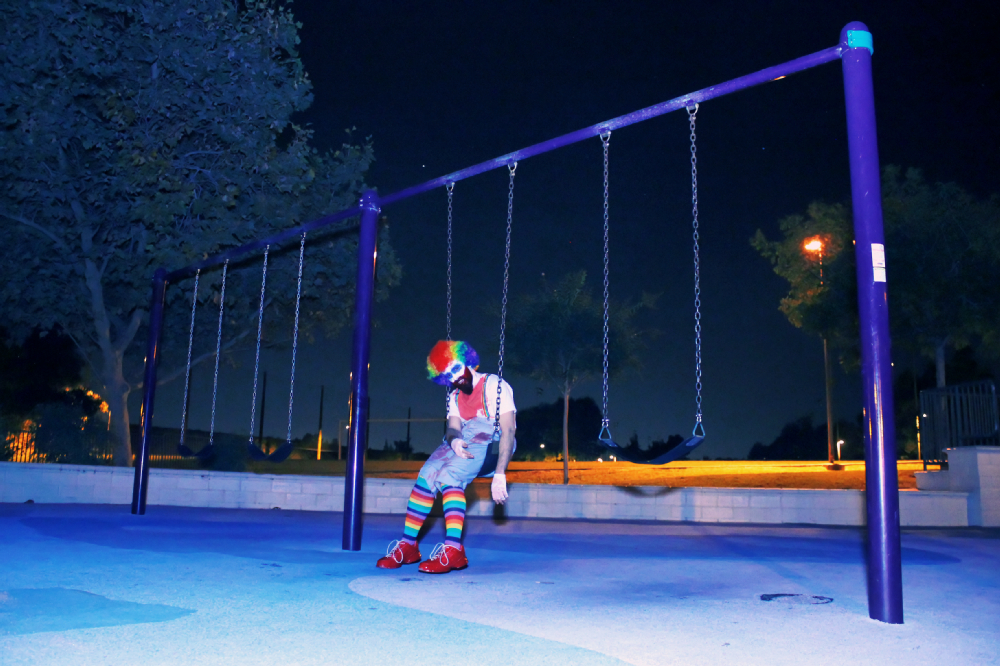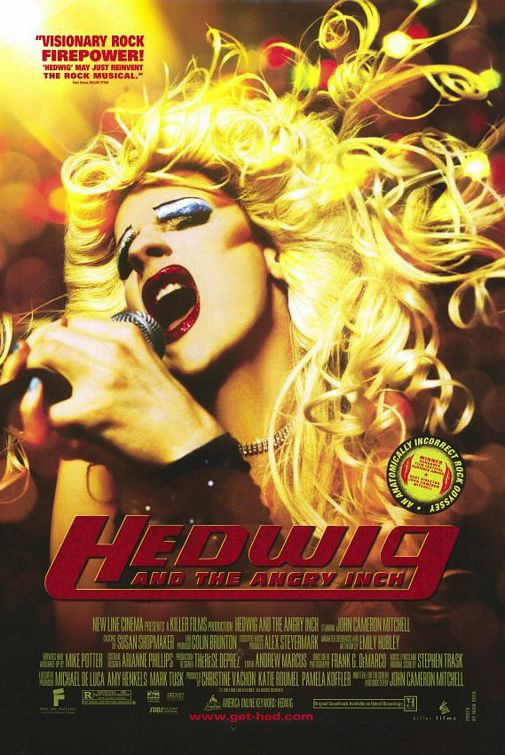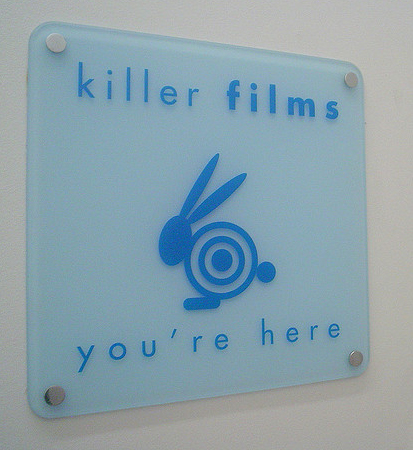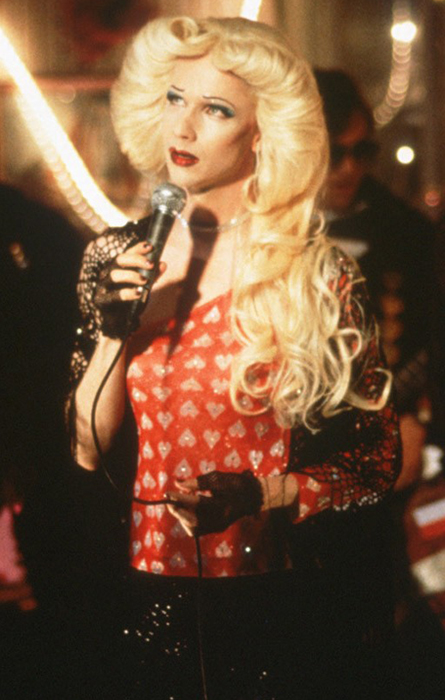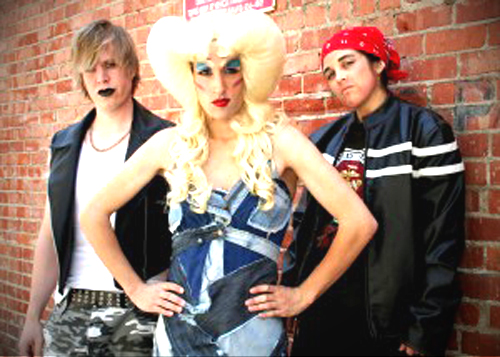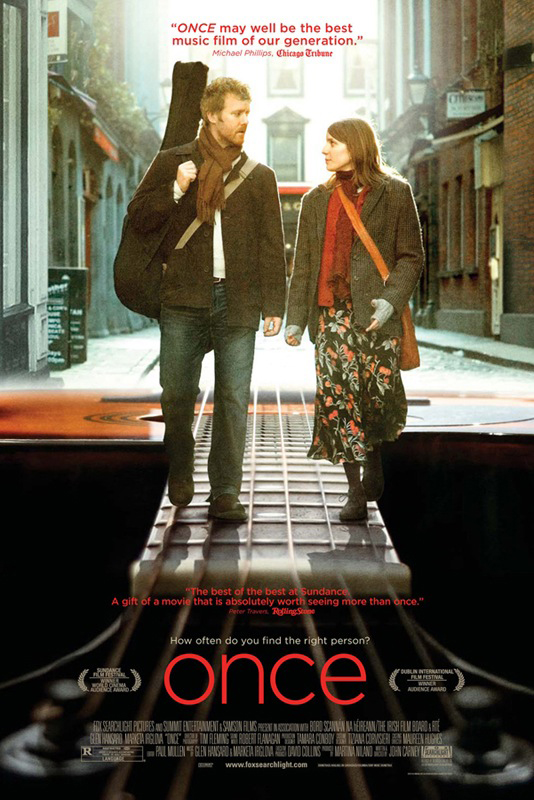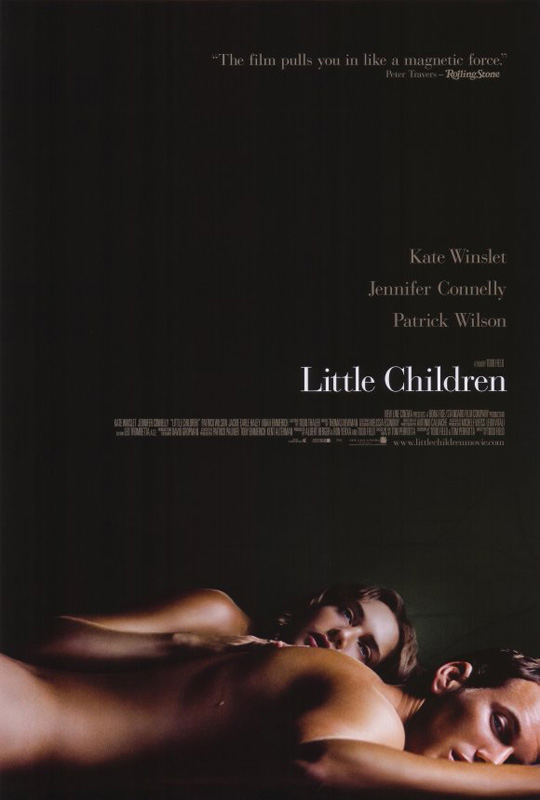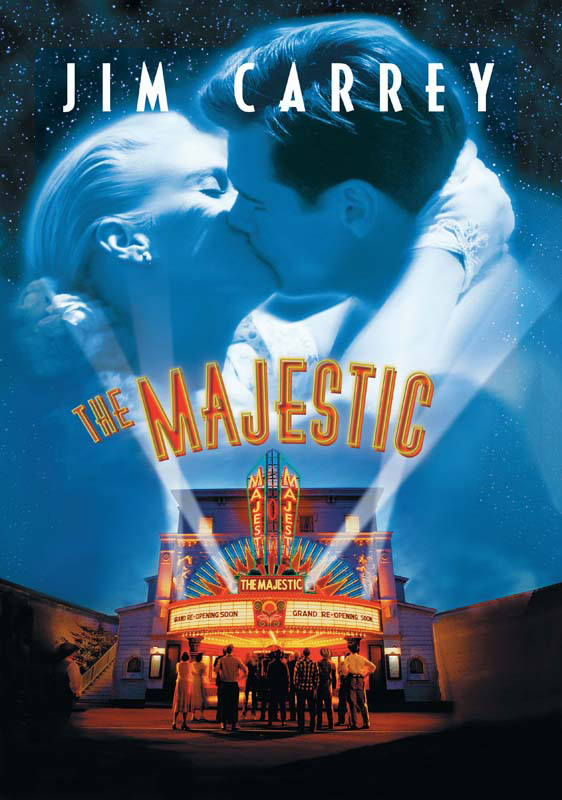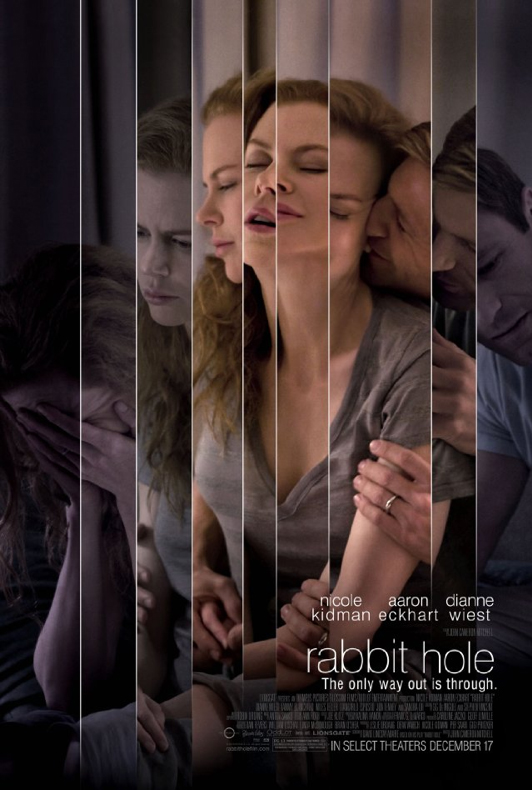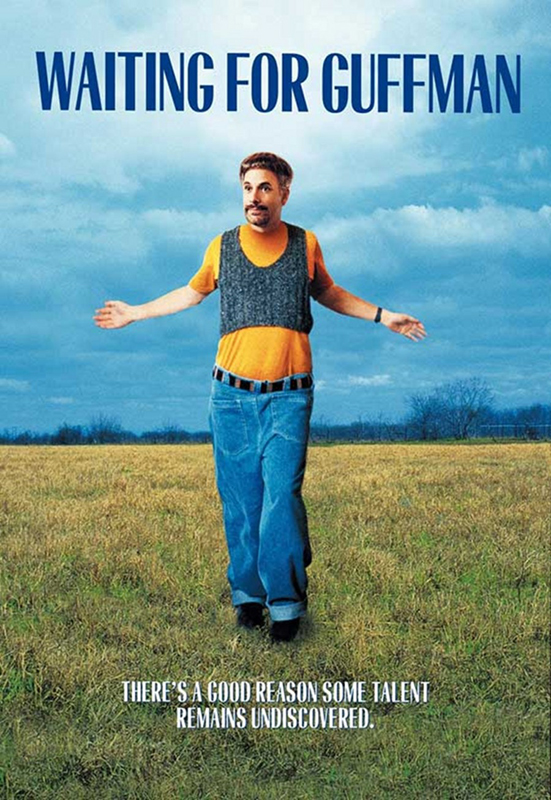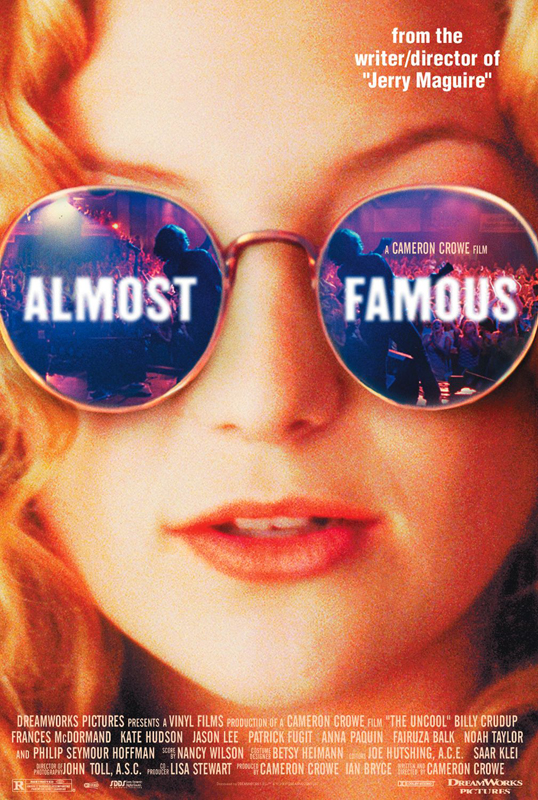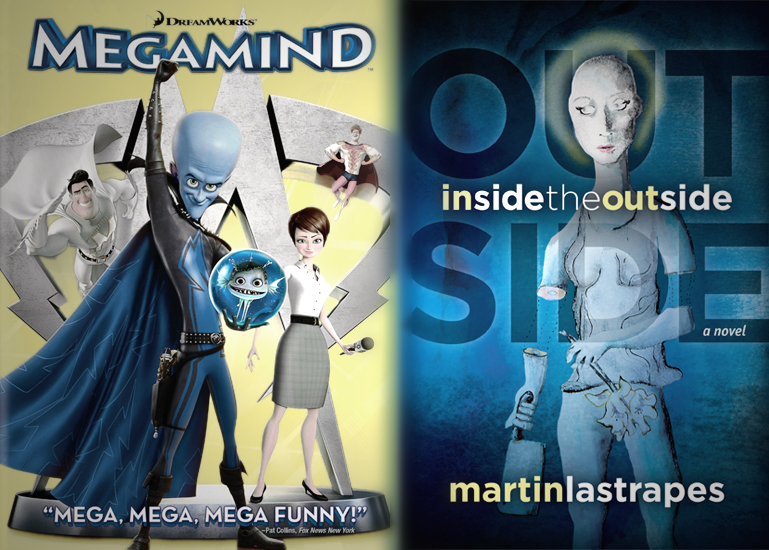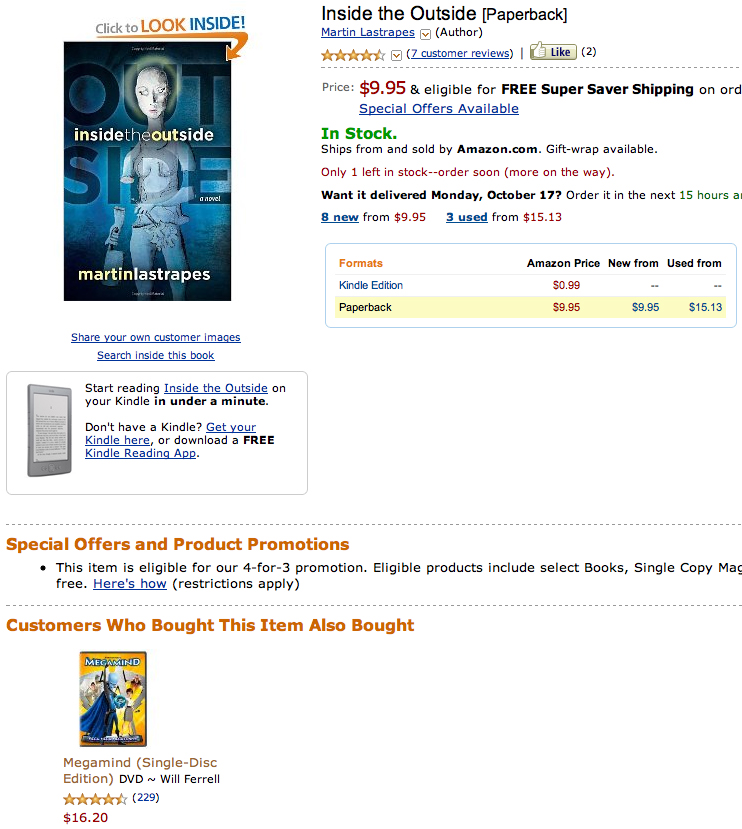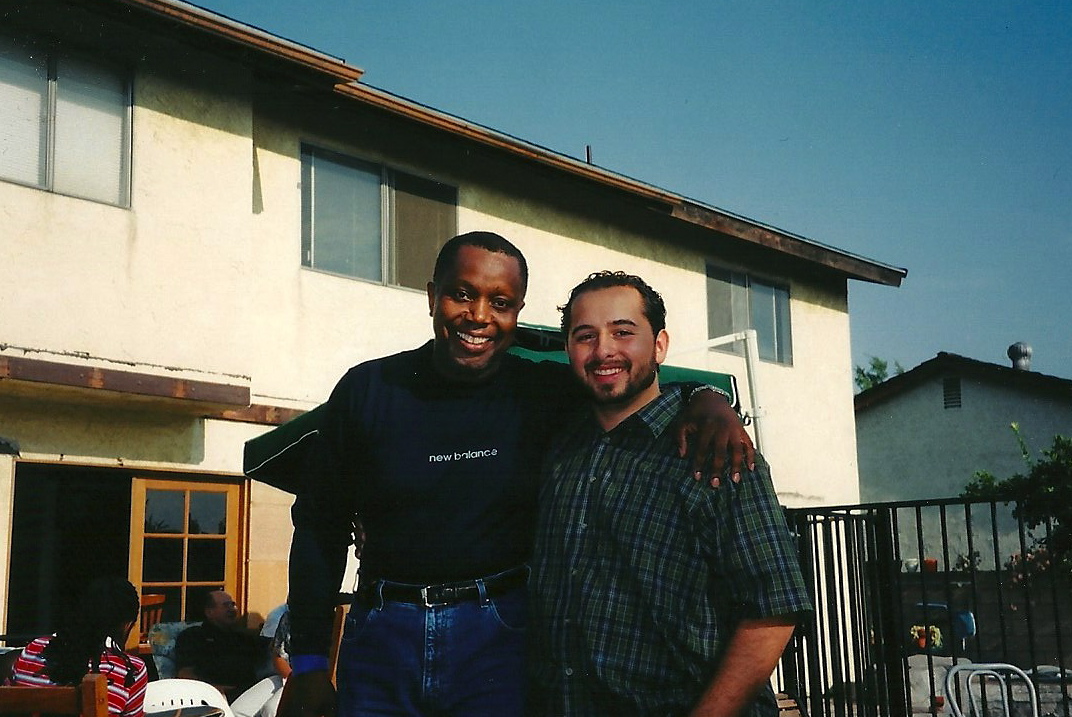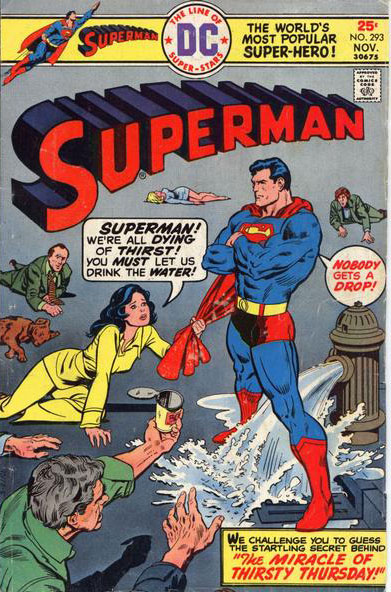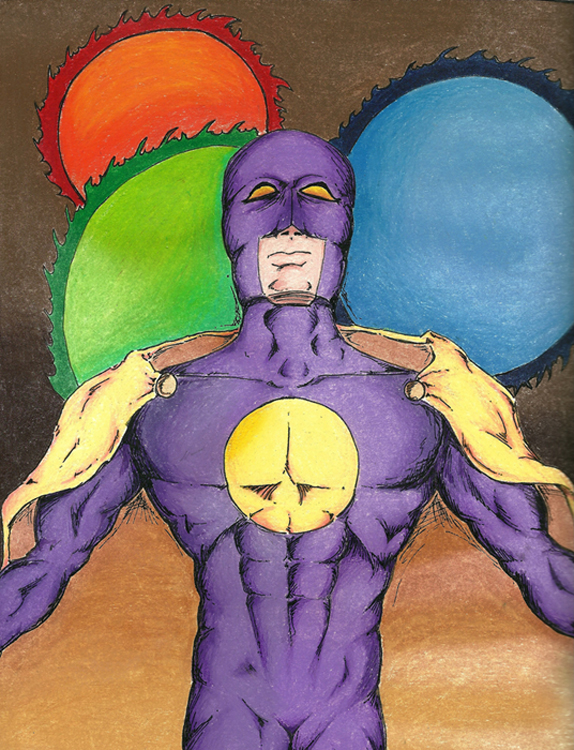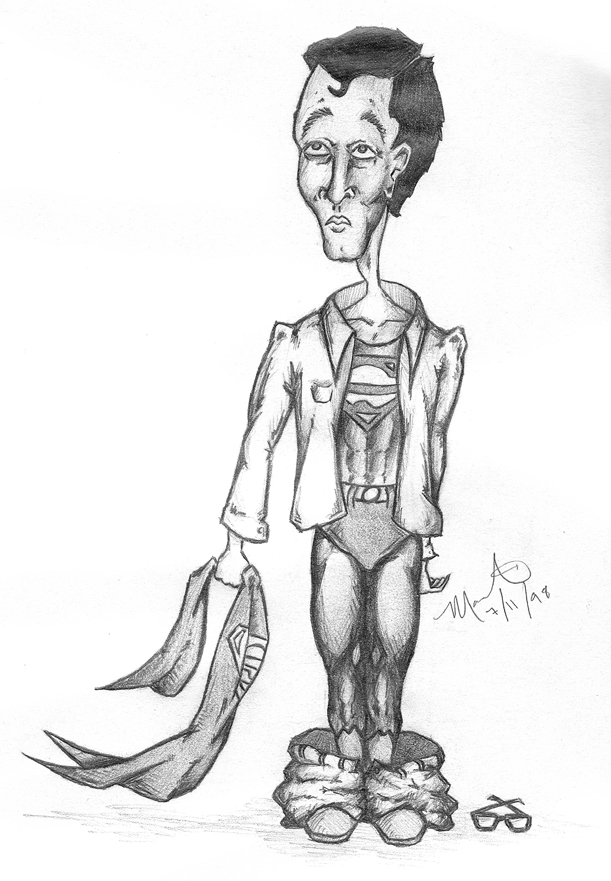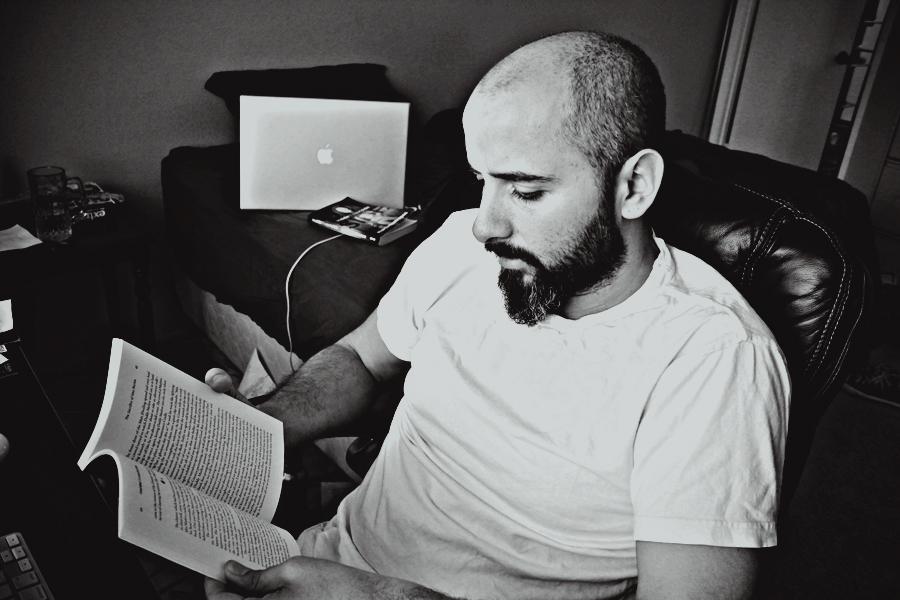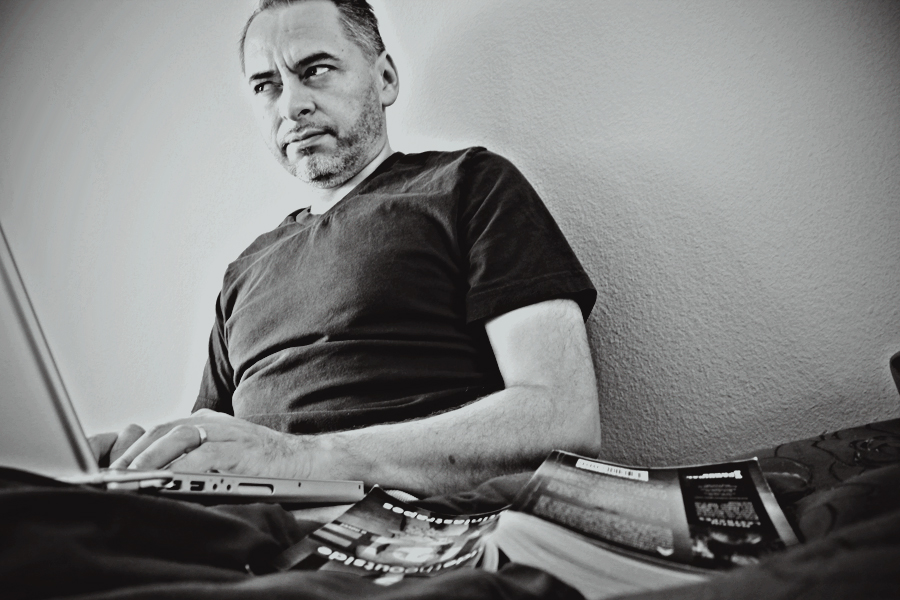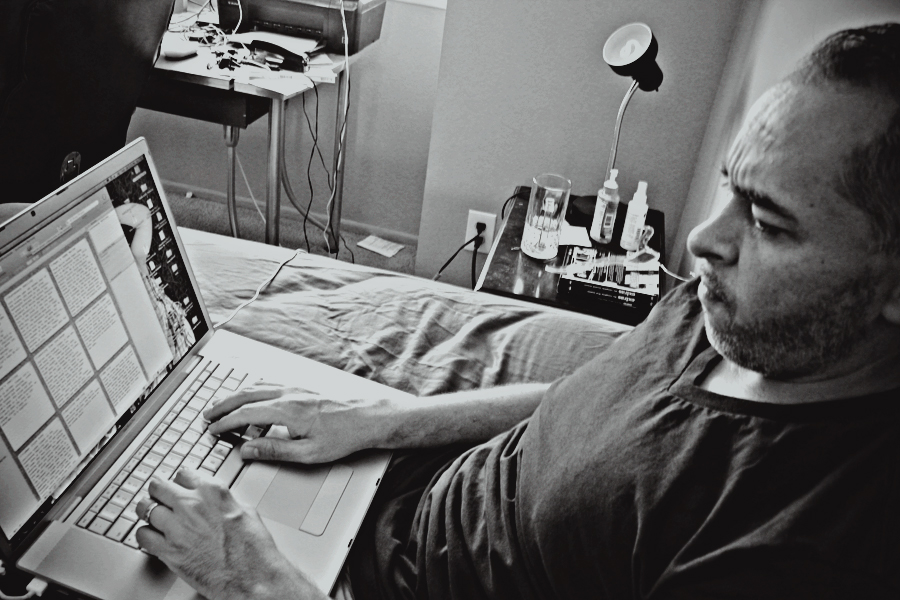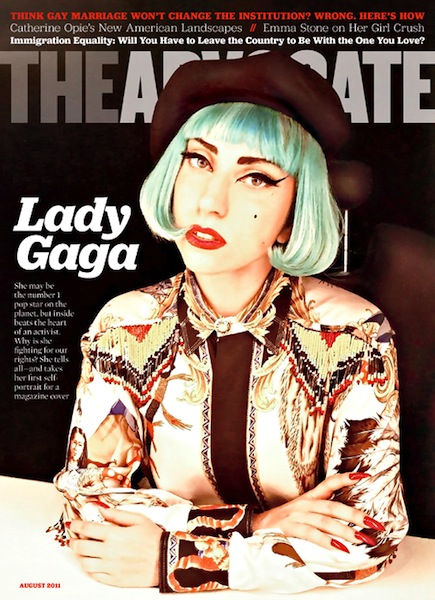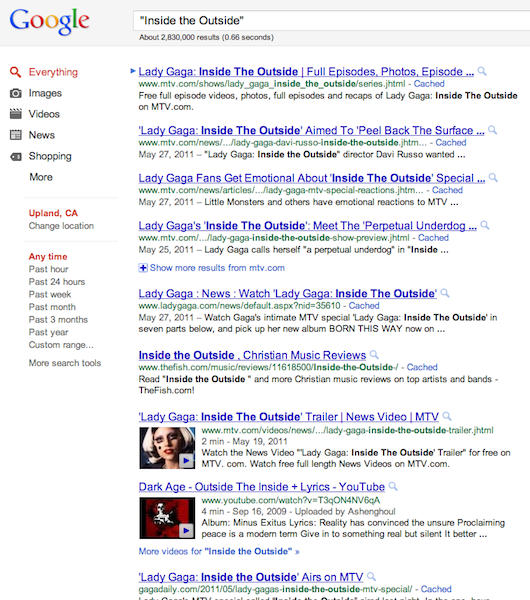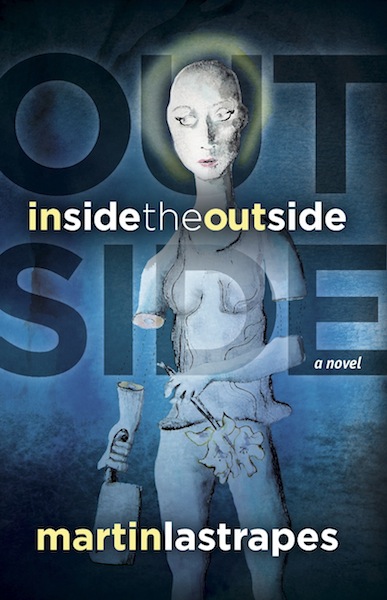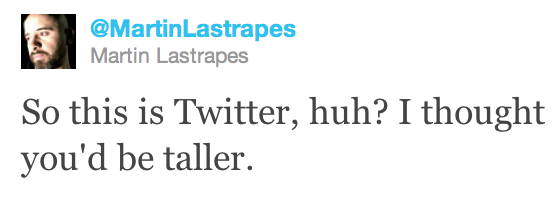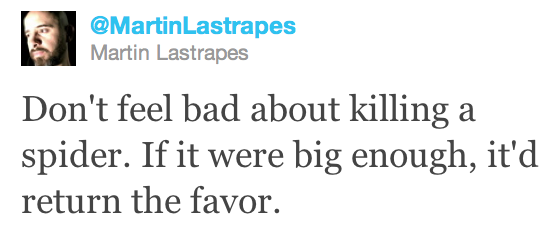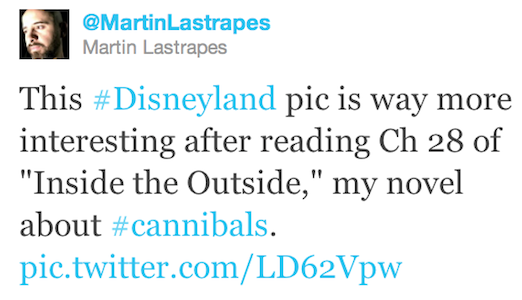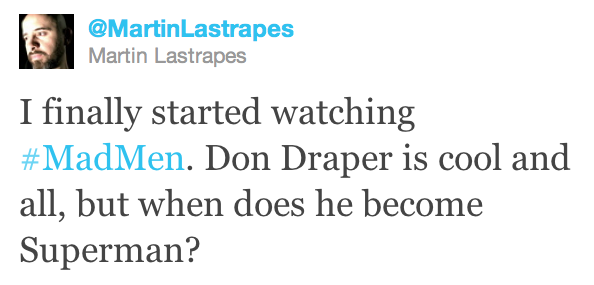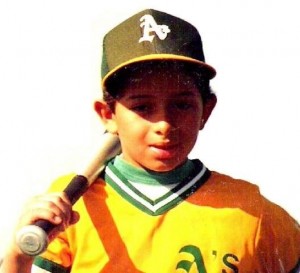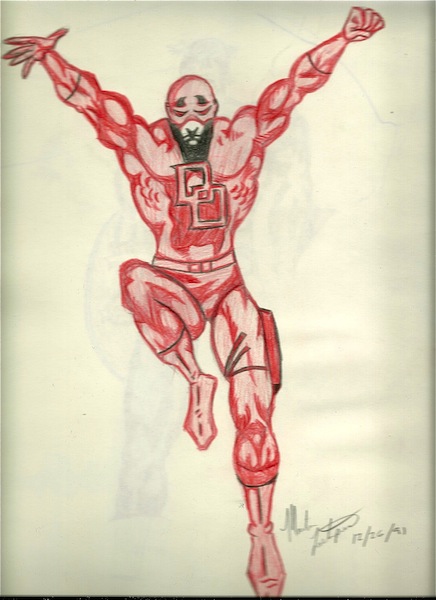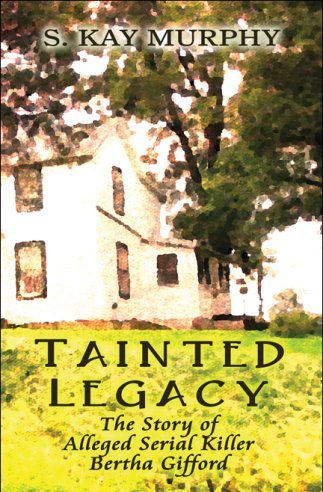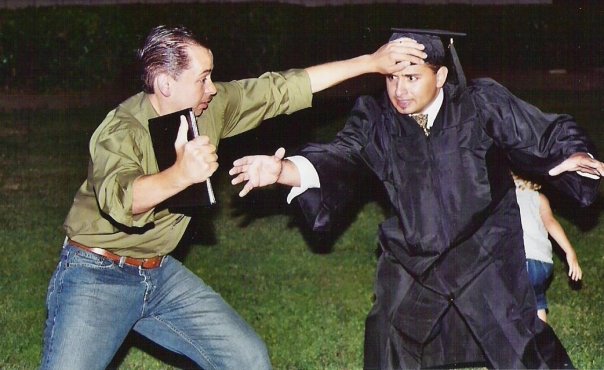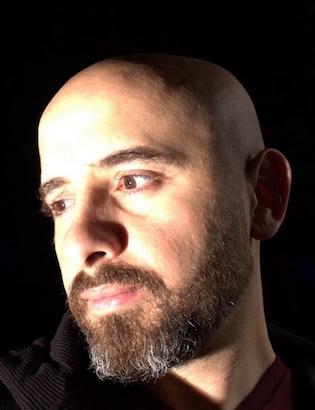For Halloween this year, I was a vampire clown.

It's an idea I came up with last year, while I was working on my costume for that Halloween - which you can read about in "A Halloween Special: PART ONE." While I don't begrudge anyone their costume ideas, I've long been of the mindset that, in order to properly celebrate the spirit of the day, Halloween costumes should attempt to be scary, spooky and/or creepy. If you want to be a sexy nurse or rugged cowboy, then save it for some other costume party. Halloween is not simply a day of fantasy, but a day of scary fantasy. It's why horror movies break box office records in October and why, in Southern California, Knott's Scary Farm has been a Halloween staple for as long as I can remember.
Some time ago, I developed the theory that any costume could be made Halloween-appropriate by simply adding vampire teeth. You can, for example, be a vampire nurse or a vampire cowboy, without having to compromise the rest of your costume. Last year, as I was putting together my vampire costume, it occurred to me that I should put my theory to the test on an annual basis.
So, even before last year's festivities were over, I knew that for this Halloween I would be some other sort of vampire. And when trying to think of fun juxtapositions, I came up with the creepy idea of being a vampire clown. Of course, I didn't know exactly what this vampire clown would look like or how I would pull it off, but I was confident that, when the time came, I would figure out.
As the day approached, I began perusing the various Halloween stores that open up every fall. Many of the stores I went to had entire clown sections, which was very helpful. The first items I bought were a rainbow afro wig, rainbow suspenders, and rainbow socks. I also picked up a pair of white clown gloves that ended up being way too smile, despite being advertised as suitable for most sizes; so I cut off the fingertips of the gloves in order to make them fit. Next, I picked up some grease paint. I had no real idea what I wanted my face to look like, nor did I have any significant experience in applying makeup; I was simply hoping that, when the time came, I'd figure something out.
For the main clothes, I knew I wanted an oversized pair of clown shoes and pants. So, for those items, I went to Goodwill. I found a large pair of tennis shoes and a pair of powder blue pants with a much too big waistline. I spray painted the shoes red, which turned out to be fast and easy. For the pants, I cut them to just below the knees in order to insure my rainbow socks would be properly displayed.
Finally, because I was going to be a vampire, it made sense that I should incorporate blood into my costume. I picked up a bottle of fake blood and used it to first stain a white T-shirt I'd be wearing. I wanted the stains on the shirt to look like I'd just fed on somebody. I also used the blood to stain the pants, but for these stains I wanted to simulate the handprints of my (hypothetical) victim. So, I put on a pair of rubber gloves, spread some fake blood on the flat of my hands and proceeded to smear my hand prints down the legs of the pants.
My parent's were hosting a Halloween party on Saturday night, so that would be the unveiling of my costume. I'd been able to work out everything but the makeup. I decided, for whatever reason, I wouldn't practice the makeup, but rather I would just go for it on the night of the party. I think I hoped to discover some innate ability for makeup that I never knew I had. As it turned out, I made no such discovery.
I did, however, watch a video on YouTube for applying clown makeup. While it turned out to be not so helpful, I was at least amused by the model who seemed terribly unhappy to be in the video. My inability to apply makeup ultimately worked in my favor, as the rough application of my clown face added to the creepiness of the overall character.
All and all, the costume was a success. And, while this was validated by my winning Best Costume , the real reward came from scaring the children at the party (as well as my cousin, who, it turns out, is deathly afraid of clowns). Now, I suppose, it's time to start planning for next year. What sort of vampire will I be in 2012? I'll let you know in about 12 months.
Happy Halloween!
